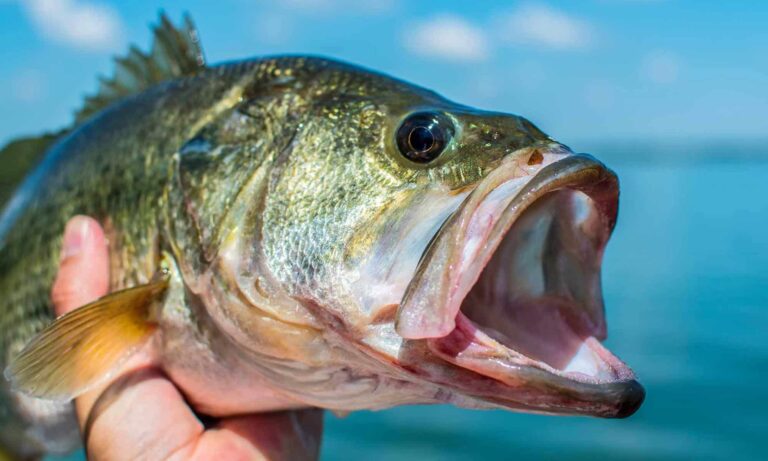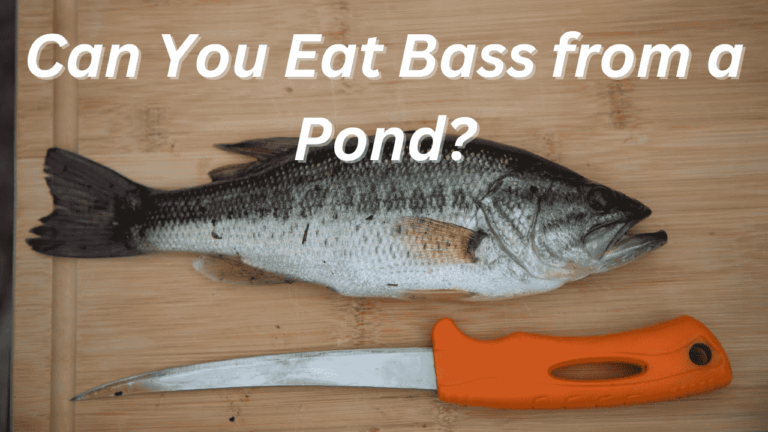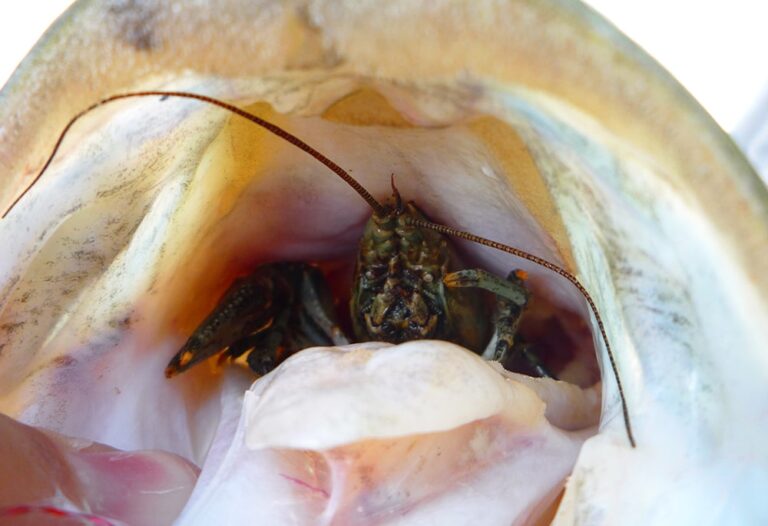How to Fish a Fluke for Bass
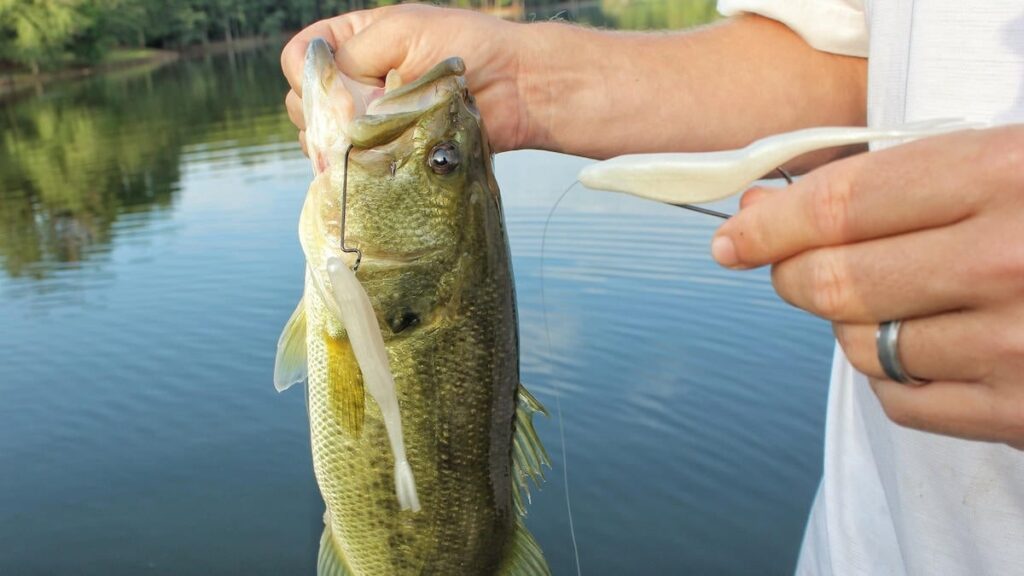
Fluke baits, often referred to as soft plastic jerkbaits, have become a staple in bass fishing, offering anglers a versatile and effective option.
Knowing how to fish a fluke is an incredible asset and tool that will help you catch more bass.
Originating from the Zoom Super Fluke, these baits have evolved to become a preferred choice for anglers seeking a realistic presentation.
In this article, we explore the nuances of fluke baits, from their origin and when to use them, to different retrieval techniques, rigging options, and the best baits to consider.
What is a Fluke Bait?
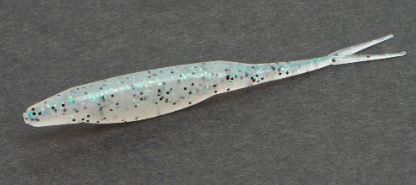
The more accurate name for this bait is a soft plastic jerkbait. The name fluke came from the Zoom Super Fluke which was the first bait of this type made.
So while the name fluke originally referred the the Zoom bait, most people refer to so soft plastic jerkbaits as flukes.
Fluke style baits are baitfish shaped soft plastics. They don’t have any paddle or curl tails to give the action.
Instead, the get their action from your rod and retrieval similar to how a jerkbait does.
When to Fish a Fluke for Bass?
With the tons of fluke fishing rigging options, you can catch bass on a fluke all year round.
With that being said, they really seem to work best during the late summer and fall months.
During this time, bass start feeding heavily on shad and other schooling baitfish.
These bass are on the hunt for erratic baitfish, and the fluke gives that exact presentation.
Where to Fish a Fluke?
Flukes don’t displace much water, they don’t have any vibration, and they are completely silent.
So you will have the best success in clear water. I also don’t fish flukes in very deep water.
There are rigging options that allow you to fish them deep, but I have found that other baits work better in deeper water.
I focus on 2-10 feet of water when bass fishing with flukes. In very clear water, you can fish open water and catch bass that are chasing after schools of fleeing baitfish.
If your water is stained and a bit darker, fish closer to cover and slow down your retrieve.
Main Ways to Retrieve a Fluke
There tons of fluke fishing retrieval techniques, but these are the three most popular and will cover every water column.
Topwater Retrieve
Yes, a fluke style bait actually makes a great topwater for very aggressive bass.
Make a long cast and begin quickly twitching and jerking the fluke. It will dart side to side as well as up and down.
The head will pop up out of the water much like a shad trying to escape its predator.
Mixing in a one or two second pause occasionally throughout the cast can get trailing bass to commit.
This retrieval technique is going to be exclusive to clear water with lots of visibility.
In stained or muddy water, if you are fluke fishing this way, bass are not going to be able to find the fluke, and even if it is close to them, the fluke is moving too fast for the to bite.
Slow Twitch
This is my favorite way to fish a fluke or soft plastic jerkbait, and absolutely slays suspended bass.
With this retrieve, you are going to fish the fluke exactly the same as you would a traditional jerkbait.
I usaully twitch with a cadence of one-pause, two-pause. The fluke will dart side to side like a jerkbait.
And with each pause, it will glide and slowly sink like a dying baitfish.
I use the slow twitch technique about 80% of the time I fish flukes for bass.
During the post-spawn and early fall months, almost nothing beats it.
Lift and Drop
This retrieve was popularized for fishing with Senkos, but it works great for flukes as well.
This is a fantastic winter technique for ponds or shallower lakes.
Let the bait sink to the bottom, lift it up off the bottom, and just let it sink back down.
Contrary to the Senko, flukes will glide off to the side as the sink back down. In colder water, bass are much more picky.
Having a realistic baitfish profile slowly gliding across the bottom is a killer technique.
Waking a Fluke
Waking a fluke is essentially slowly cruising it on the surface. That causes the fluke to subtly wake and create a super enticing presentation.
We have an entire article breaking down this technique right here: Waking a Fluke: How and Why
How to Rig a Fluke for Bass
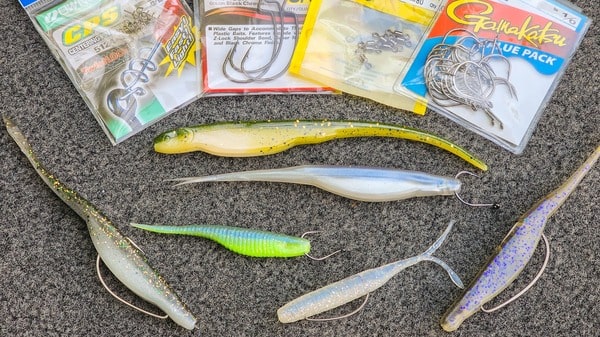
Also read: How to Rig Paddle Tail Swimbaits
Weightless Texas Rig

A fluke rigged weightless on a wide gap worm hook is certainly the most common way to rig a fluke.
All three retrieval techniques discussed earlier will utilize this rigging.
This rig is simple, compact, and very effective. There are no extra weights of accessories on the bait, so the action is incredibly fluent and natural.
Donkey Rig

The donkey rig is when you rig up two flukes in the same rig. This is done by using a three way swivel or two separate barrel swivels.
I don’t fish this rig much, but it can work very well for schooling bass in the late summer and fall months.
The best part of this rig is that you can catch two bass at the same time. Who doesn’t want to do that?
Headbanger Rockerhead
The Rockerhead is a relatively new jig head, but it is already one of my favorite ways to fish a fluke.
You can use a straight reel retrieve and slow down or speed it up throughout the cast.
The rocker head will wobble back and forth similar to a chatterbait.
The special think about the Headbanger Rockerhead is that it will suddenly dart to one side or the other, triggering reaction strikes.
Ned Rig
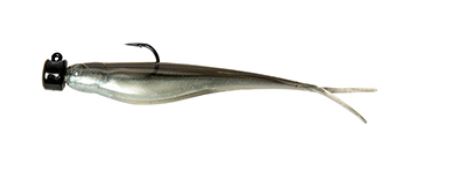
During the winter months, the ned rig is widely known as one of the best rigs for bass fishing.
And the fluke is one of the best baits to pair with the ned jig head.
You will need to downsize to a small fluke to fit the jig head and give the right profile.
The zoom mini fluke is my favorite soft plastic jerkbait to fish on a ned rig.
Belly Weighted Texas Rig

When fishing 8-20 feet of water, you need some extra weight to get the fluke down. Belly weighted hooks are the way to go.
The bweight is centered on the hook, which allows the fluke to sink while staying flat.
Jig heads or Texas rigs will cause the fluke to dive straight down. This rig is also great for when the wind picks up.
Without the extra weight on the hook, your fluke will get blown around way too much.
Also Check Out: Scamper Rig Review
My Favorite Fluke Baits
Zoom Super Fluke

The Zoom fluke is the original soft plastic jerkbait. It seems to sink a bit slower than all the rest on the market.
I also love the split tail design as it adds extra elements of realism. You can never go wrong with the original.
XZone Whiplash Shad

The Whiplash Shad is very long and soft. It also has a thicker, heavier tail compared to the Super flukes.
What all these things do is give the Whiplash Shad a very fluent and snake-like motion in the water.
While the Zoom fluke darts sharply back and forth, the Whiplash shad swims and slithers through the water.
Strike King Caffeine Shad

The Caffeine Shad is pretty much a mix between the two other baits above.
It is softer and heavier than the Zoom fluke, but shorter and stiffer than the Whiplash shad.
It is a do everything soft plastic jerkbait that is always reliable.
Best Colors when Choosing Flukes
I keep it extremely simple when selecting colors for my flukes.
White
I use white or off white colors 90% of the time. Flukes are made to resembles darting shad or other shiny baitfish.
You can try to match the hatch perfectly, but really all you need is white or white pearl.
Green Pumpkin
I use green pumpkin as a bluegill imitation during the post-spawn and bluegill spawn times.
It is a relatively short time period, but bass are hone in on bluegill during this time, so I exclusively use bluegill colors in shallow water.
Light Pink
This might surprise you, but yes, pink does work. For whatever reason, pink flukes work very well for winter time bass.
I don’t know why this color works in the winter, but it just does.
Rods, Reels, and Line for Fishing Flukes
This will depend on which rig you are using for your fluke. But generally, I like a 7′ medium-heavy baitcaster or a 7′ medium spinning rod.
The choice between spinning and casting rod just comes down to personal preference.
I mostly use a casting rod because it feels better and is more fun for me.
When it comes to line, fluorocarbon line is important because of its invisibility.
I use fairly light line between 10–20 lb test depending on the water depth I am fishing.
You can either use straight fluoro or a fluoro leader with braid as the main line.
Letting this Go
With various rigging options and retrieval techniques, anglers can adapt their approach to different conditions and seasons.
From topwater retrieves to slow twitches and lift-and-drop techniques, the versatility of fluke baits makes them effective throughout the year.
When I was a kid, I caught so many bass on these lures that I almost never fished with anything else.
So, the next time you’re on the water, consider adding a fluke bait to your arsenal and discover the excitement it brings to your bass fishing endeavors.


